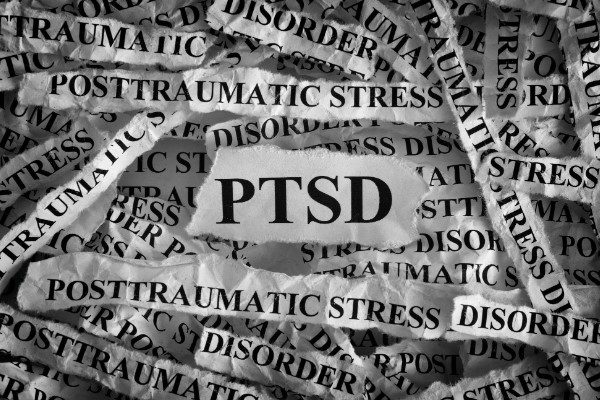Are you or a loved one a veteran who has experienced the debilitating effects of PTSD and depression? Navigating the complexities of the VA rating system can be as challenging as battling these invisible adversaries themselves.
In this guide, we delve deep into the world of VA rating for PTSD and depression. This ensures you have the knowledge you need to navigate this complex terrain.
Let us demystify the VA rating process and learn invaluable insights for veterans seeking the support and recognition they deserve. Continue reading!
Understanding PTSD and Depression
PTSD and depression are two of veterans’ most common mental health problems. They are often caused by their time in the military.
Post-Traumatic Stress Disorder, or PTSD, is a mental illness that some people get after going through or seeing something traumatic, like combat. Flashbacks, nightmares, and severe anxiety are some of the symptoms.
In the meantime, depression is a mood disorder marked by persistent sadness, hopelessness, and loss of interest in things you used to enjoy. It might usually make it hard for you to go about your daily life.
What Is VA Rating?
The Department of Veterans Affairs uses the VA Rating for PTSD and Depression. They use this to figure out how much disability pay a veteran may be able to get because of their mental health problems.
The VA rating system looks at how bad the symptoms are, how they affect daily life, and the veteran’s overall quality of life. If you’re dealing with PTSD and depression due to your military service, the VA rating can help you get the help you need to cope with these conditions.
Factors To Consider When Assessing VA Ratings
When assessing VA ratings for PTSD and depression, several factors need consideration. First, the symptoms’ severity and frequency need to be looked at. Write down how long the symptoms lasted and the kind of treatment they received.
On top of that, it’s essential to think about how these conditions affect daily life. This includes how they affect work and relationships. It is also important to consider any comorbidities or other disabilities connected to the service.
It is also essential for all veterans to know how to write a buddy letter. This is a witness testimony that serves as a crucial piece of evidence for your claim.
How VA Rates PTSD and Depression
The VA employs a specific rating scale for psychiatric disorders like PTSD and depression. Here’s a simplified breakdown.
0% Rating: You might get a 0% rating if your symptoms are there but don’t bother you daily. 10-30% Rating: This range is usually for mild to moderate symptoms that make it hard to work or socialize but aren’t crippling.
50-70% Rating: If your symptoms are very bad and make it hard for you to do things, you may be in this range. 100% Rating: A 100% rating is for the worst cases, where the person’s symptoms are so bad that they make it hard for them to do even the most basic things.
Understanding VA Rating for PTSD and Depression
Understanding the VA rating for PTSD and depression is crucial for veterans to receive the proper benefits and support they deserve. It is essential to consult with a knowledgeable VA representative and gather any necessary evidence to file a claim.
Don’t let the complexities of the VA rating process discourage you from seeking the compensation and aid you deserve. Take control of your mental health and seek the help you need today.
For more helpful tips, browse our blog regularly!


